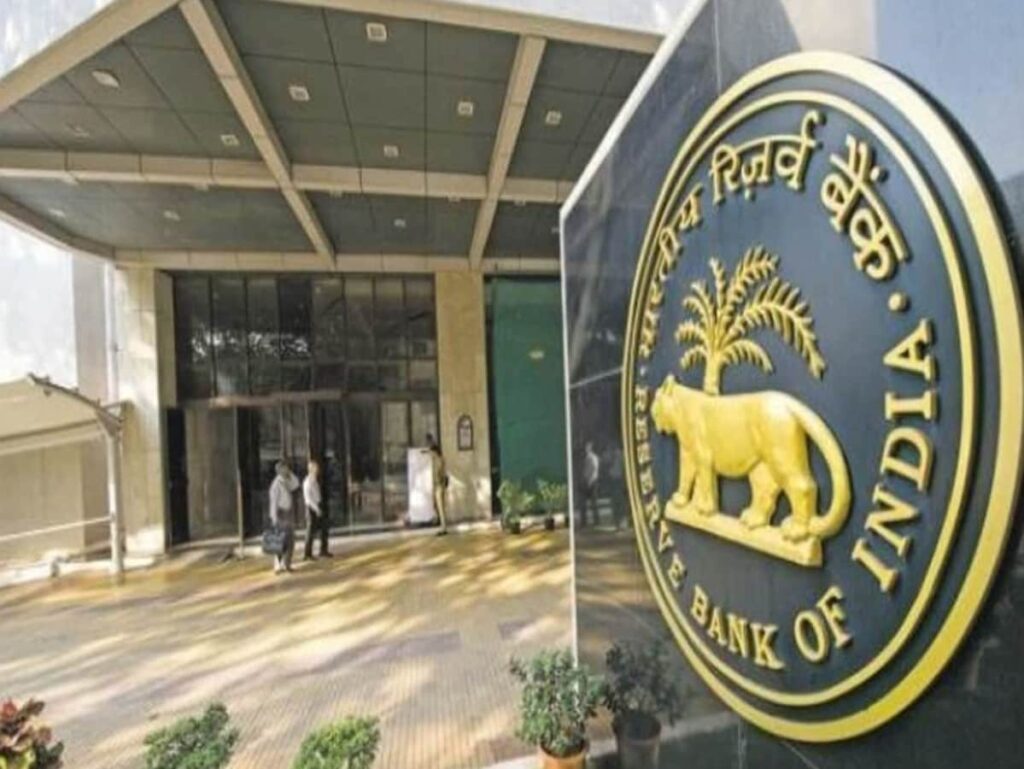The Ministry of Finance has announced the appointment of three new external members to the Monetary Policy Committee (MPC) of the Reserve Bank of India (RBI). This restructuring is part of the government’s efforts to align monetary policies with current economic conditions and to bolster the committee’s effectiveness in guiding India’s monetary policy framework.
Understanding the Monetary Policy Committee
The Monetary Policy Committee is a pivotal body that is responsible for formulating and overseeing the monetary policy of India. It was established under the Reserve Bank of India Act of 1934, with the objective of maintaining price stability while ensuring that the economic growth of the country continues sustainably.
Structure of the MPC
The MPC consists of six members: three officials from the RBI, including the Governor, and three external members nominated by the government. The external members are chosen based on their expertise in fields such as economics, finance, and monetary policy to provide diverse perspectives on critical economic issues.
New Appointments and Their Significance
The recent appointments of the three external members signify the government’s proactive approach towards monetary governance. The selected individuals possess substantial knowledge and experience in economic policy, which is essential for navigating today’s complex financial landscape. Their insights will be instrumental in addressing not only inflation but also other macroeconomic challenges faced by the nation.
Benefits of External Members
| Benefit | Description |
|---|---|
| Expertise Diversification | External members bring varied professional backgrounds, enriching discussions with different viewpoints. |
| Transparency | Public appointment processes for external members enhance transparency in monetary policy formulation. |
| Informed Decision-Making | The knowledge of external members can lead to more informed and holistic decisions regarding the economy. |
Current Economic Context
As India continues to navigate the impacts of global economic uncertainties, the role of the MPC becomes increasingly crucial. The new external members will play a key role in formulating strategies that not only target inflation control but also promote economic recovery and growth in a post-pandemic environment. Their diverse expertise is expected to facilitate a balanced approach to economic challenges, taking into account both domestic and international factors.
Conclusion
The appointment of three new external members to the Monetary Policy Committee represents a strategic move by the Indian government to enhance the effectiveness of its monetary policy. By integrating diverse expertise into the committee, the government aims to address the complexities of the current economic scenario. As these members begin their tenure, their contributions will be pivotal in shaping India’s economic future and ensuring long-term stability.
